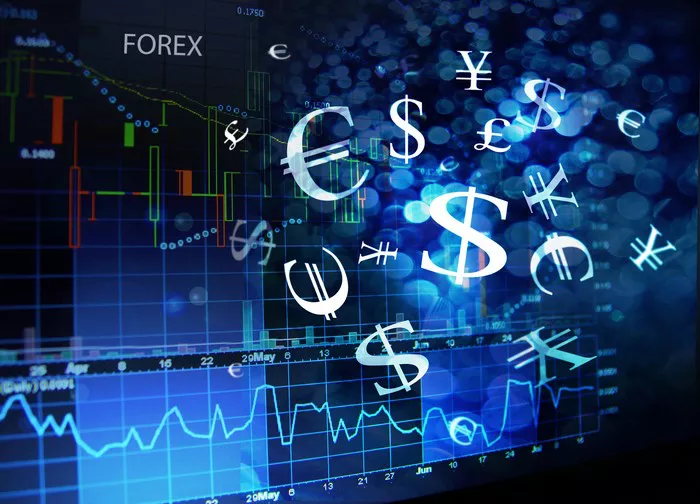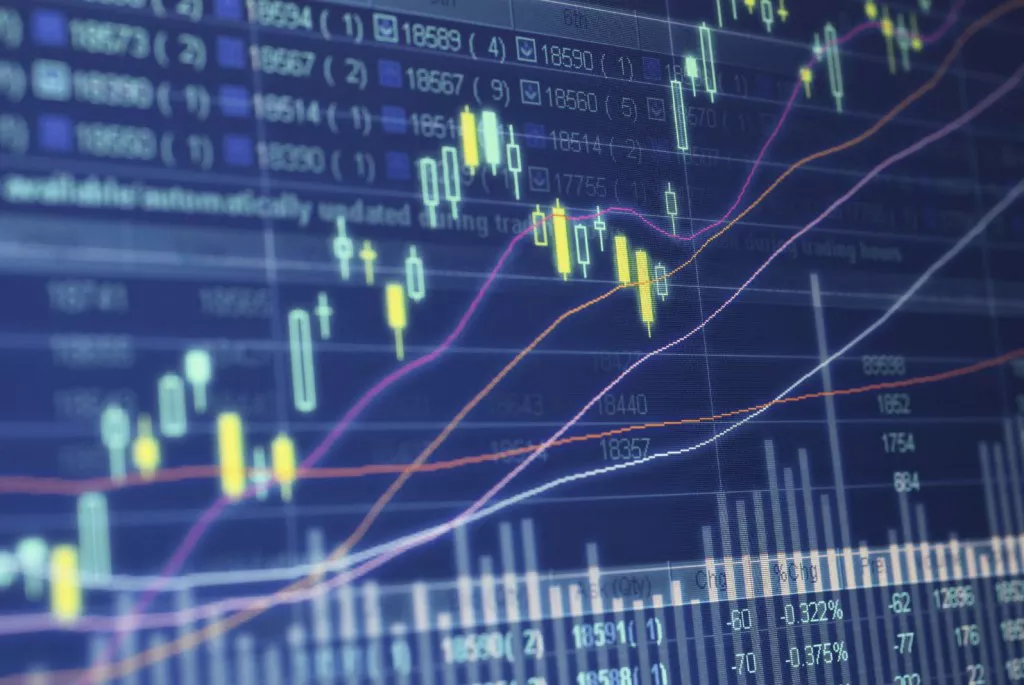The AUD/USD pair, or the Australian Dollar against the US Dollar, is one of the most commonly traded currency pairs in the world. For traders and investors looking to maximize their returns, understanding when to trade AUD/USD is key. The currency pair’s volatility, liquidity, and price movements depend heavily on both global economic conditions and specific trading hours. This article provides an in-depth analysis of the best times to trade the AUD/USD currency pair, factors that influence its value, and strategies for successful trading.
Understanding the AUD/USD Pair
Before diving into the best times to trade AUD/USD, it’s essential to understand the dynamics behind this currency pair.
AUD (Australian Dollar): The Australian Dollar is the currency of Australia and is often considered a commodity currency due to Australia’s strong export sector, including natural resources like gold, coal, and iron ore.
USD (United States Dollar): The US Dollar is the world’s reserve currency and the most widely traded currency in the global foreign exchange market. It is influenced by US economic indicators, such as interest rates, GDP, inflation, and employment figures.
The AUD/USD pair is affected by numerous factors, such as interest rates, commodity prices, and economic indicators from both Australia and the United States. When both countries release key data, traders often see large movements in the exchange rate.
Factors That Affect AUD/USD Trading Times
The best time to trade any currency pair is largely determined by three key factors: market activity, liquidity, and volatility. Let’s take a closer look at each.
1. Market Activity and Trading Sessions
Foreign exchange markets are open 24 hours a day, five days a week, allowing traders to execute trades across different time zones. However, market activity varies depending on the trading session and overlap between major financial centers.
Sydney Session (Asian Session): The Sydney session is the first to open, starting at 10:00 PM GMT and closing at 7:00 AM GMT. It is not as liquid as other major sessions but sees increased activity during the release of Australian economic data or commodity price changes.
Tokyo Session (Asian Session): The Tokyo session overlaps with the Sydney session and runs from 12:00 AM to 9:00 AM GMT. During this time, there is greater liquidity, particularly in the Asia-Pacific region. Economic reports from Japan, China, and other Asian markets can impact the AUD/USD pair.
London Session (European Session): The London session is one of the most active trading periods and overlaps with both the Sydney and New York sessions. It runs from 8:00 AM to 5:00 PM GMT and has high trading volumes due to London’s importance as a global financial center.
New York Session (North American Session): The New York session begins at 1:00 PM GMT and closes at 10:00 PM GMT. This is when the bulk of USD-related activity occurs, as major US economic reports and announcements, such as interest rate decisions, GDP reports, and non-farm payrolls, are released.
2. Liquidity
Liquidity refers to the ease with which an asset can be bought or sold without affecting its price. Higher liquidity generally leads to lower spreads and smoother price movements.
The AUD/USD pair sees the highest liquidity when both the London and New York sessions overlap. This is typically between 1:00 PM and 4:00 PM GMT. During this time, both the US Dollar and the Australian Dollar are being traded actively, providing better conditions for execution and fewer delays.
3. Volatility
Volatility refers to the size of price movements in the market. For traders, higher volatility presents both opportunities and risks, as the price can move rapidly in either direction.
The AUD/USD currency pair tends to experience increased volatility during key events like economic data releases or geopolitical developments. For example, Australian employment reports or US Federal Reserve meetings can cause sharp movements in the AUD/USD exchange rate.
In general, volatility tends to be higher during the overlap of the London and New York trading sessions, as this is when both European and US market participants are active.
Key Economic Data That Influences AUD/USD
Several economic indicators impact the AUD/USD pair, making it essential for traders to be aware of their release schedules. These include data from both Australia and the United States.
1. Australian Economic Data
Retail Sales: Australian retail sales data shows consumer spending trends, which impact the overall economy.
Employment Reports: Data such as the unemployment rate and employment growth can indicate economic health.
Commodity Prices: Since Australia is a major exporter of commodities, fluctuations in the prices of natural resources (especially metals and energy) can affect the Australian Dollar.
2. US Economic Data
Non-Farm Payrolls (NFP): The NFP report, released monthly, is one of the most important US economic indicators. It reveals the number of jobs added to the economy, influencing expectations about future Federal Reserve actions.
Interest Rate Decisions: The Federal Reserve’s decisions on interest rates play a major role in determining the USD’s value. A rate hike generally strengthens the USD, while a rate cut weakens it.
GDP Growth: The growth rate of the US economy, as measured by GDP, is a crucial driver for USD movements.
When to Trade AUD/USD: The Best Times
Based on the analysis of trading sessions, liquidity, and volatility, the best times to trade the AUD/USD pair can be divided into different periods.
1. Overlap of the London and New York Sessions (1:00 PM to 4:00 PM GMT)
The overlap between the London and New York sessions is by far the best time to trade AUD/USD. During this period, the highest liquidity and volatility occur, resulting in tighter spreads and better execution conditions. This is the time when key US economic data is often released, and significant price movements tend to follow.
2. The Tokyo and London Session Overlap (8:00 AM to 9:00 AM GMT)
Although not as liquid as the London-New York overlap, the Tokyo-London overlap offers some trading opportunities, particularly for traders focusing on Asian economic reports. Economic data from Japan, China, and other Asian markets can cause price fluctuations in the AUD/USD pair during this time.
3. Sydney and Tokyo Session (10:00 PM to 12:00 AM GMT)
The Sydney and Tokyo session overlap is particularly important for traders focused on Asian-Pacific market dynamics. The Australian Dollar can react strongly to economic reports from Australia or neighboring countries like China, which is a key trading partner of Australia.
4. Early Sydney Session (10:00 PM to 12:00 AM GMT)
During the early Sydney session, there is less liquidity, but it is still possible to trade the AUD/USD pair based on news releases or commodity price movements. The Australian Dollar’s sensitivity to commodity prices can present opportunities during this session.
Trading Strategies for AUD/USD
Knowing the best times to trade is only part of the equation. Successful AUD/USD trading also requires implementing the right strategies. Here are a few strategies that traders often use:
1. Breakout Trading
Breakout trading is a strategy that involves identifying key support and resistance levels and then entering the market when the price breaks these levels. This is particularly effective during times of high volatility, such as during the overlap of the London and New York sessions.
2. Trend Following
Trend-following strategies involve identifying the direction of the market and entering trades that align with the trend. This works well when the market is moving in one direction for an extended period. Traders often use tools like moving averages or trendlines to identify trends.
3. News Trading
News trading is a strategy where traders take positions based on the release of economic data or news events. For AUD/USD, this could mean trading around Australian employment reports, US Federal Reserve meetings, or commodity price movements.
4. Scalping
Scalping involves making small trades over short periods. This strategy is best executed during times of high liquidity, such as the London-New York overlap, where the trader can capitalize on minor price movements.
Conclusion
The best time to trade AUD/USD is largely determined by market activity, liquidity, and volatility. Traders should focus on the overlap between the London and New York sessions (1:00 PM to 4:00 PM GMT), as this provides the highest level of liquidity and volatility, which are essential for effective trading. Additionally, understanding key economic indicators from both Australia and the United States will help traders anticipate market movements.
By considering the optimal trading times and employing the right strategies, traders can maximize their chances of success in the AUD/USD market.
Related topics:

































